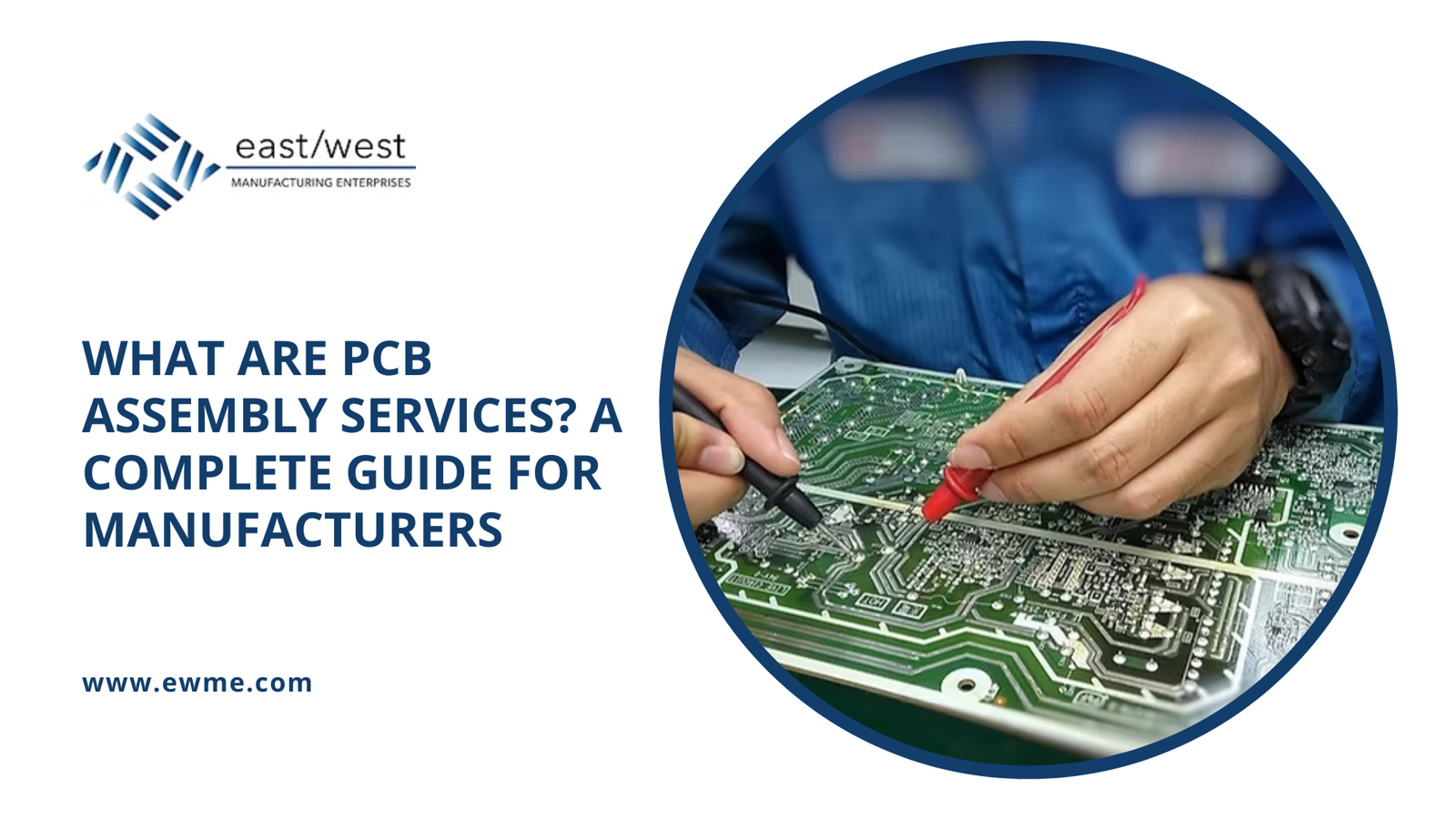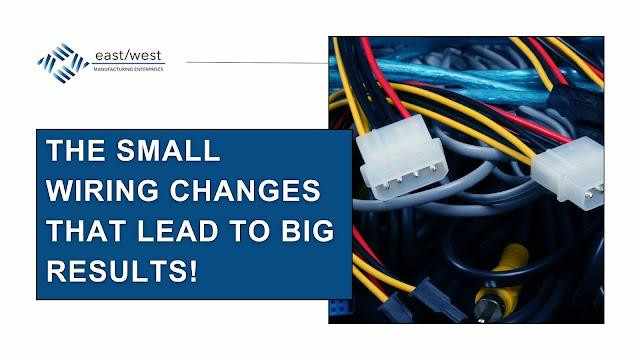Have you ever considered what makes modern defense systems work under tough field conditions? Your safety often relies on small items built with exact specs that power major tools used by the armed forces today. These tough parts must withstand harsh usage, while their users count on total trust every single time.

The Value Chain behind Advanced Defense Components
Military Electronics Manufacturers build these vital parts using tight rules where every small piece meets exact standards. Their teams check these parts three extra times before final usage occurs.
Super tight quality tests on every batch
Multi-layer error checks during build stages
Shock-level testing above field needs
These steps allow their parts to bring solid power while tough users place their trust in these small items. Every field usage shows these parts never break under harsh tasks which keeps users fully armed while action occurs.
Meeting Aerospace Demands through Precision Engineering
Modern plane parts need extra light items that still bring major power while space usage stays small. Aerospace And Defense Manufacturing helps solve these tough needs with smart build plans.
Micro-sized board usage while power stays high
Multi-point heat checks during tests
Power-level matching with usage needs
These steps allow their parts to bring total trust while users place their lives upon these small items. Their build teams focus great care on tight spots that might cause field issues which helps avoid major fails under tough tasks.
Why System Testing Creates Field Success?
When parts leave build shops, their mixed usage needs tough tests that check every point where failures could occur. System Integration Testing helps catch small flaws that might bring large costs later.
Usage-based stress tests
Power-level shift checks
Shock-force drop tests
This phase helps their build shops place the major focus where users need the most trust later. Every small part works under tough rules while extra checks make their items stand where basic parts would fail under field force.
How Complete Systems Reach Field Users?
After every small piece meets tough tests, their large units start the final build phase where whole tools come alive. The Integration System phase joins these parts while extra tests begin.
Total power flow checks
Joint-based stress tests
Usage-based match checks
These final stops allow their shops to bring total trust while users place their field needs onto these tools. Their check teams watch every flow point where power might shift which helps avoid large fails under hard usage.
Bottom Line
Your field needs might bring tough tasks that basic parts would never match. Smart shops could build these parts using tight plans while your needs guide their focus.
Check these parts early while usage plans exist rather than after field needs arise. Your teams might avoid major costs which could waste funds when tight plans would serve your needs much better today.








Write a comment ...